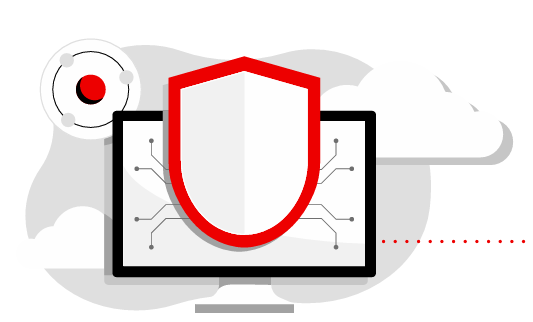Focus on cloud initiatives with Red Hat and Microsoft
Across industries, organizations are moving to the cloud to achieve digital business goals. In fact, 72% of organizations have a hybrid cloud strategy in place, and 50% of enterprise workloads run in a public cloud today.
1 Your choice of operating system and cloud provider are strategic decisions. Your operating system forms the foundation for your entire environment security, management, portability, and life cycle plan ning start with the operating system. And your ability to scale flexibly, maintain availability, and deliver resilient services is greatly influenced by your cloud provider.
Standardizing on a single operating foundation across your datacenter and cloud environments can greatly simplify your path to the cloud. Rather than splitting operations and management into multiple domains, your teams can use a single set of tools and platforms to deploy, run, secure, and move appli cations and workloads across multiple footprints.
Even so, not all combinations of operating systems and cloud providers offer the features, capabilities, and resources needed to operate effectively and efficiently in hybrid cloud environments. Consistency, security, manageability, interoperability, and support across your entire environment are critical.

Complete this form to
download the eBook
© 2024 Red Hat, Inc.